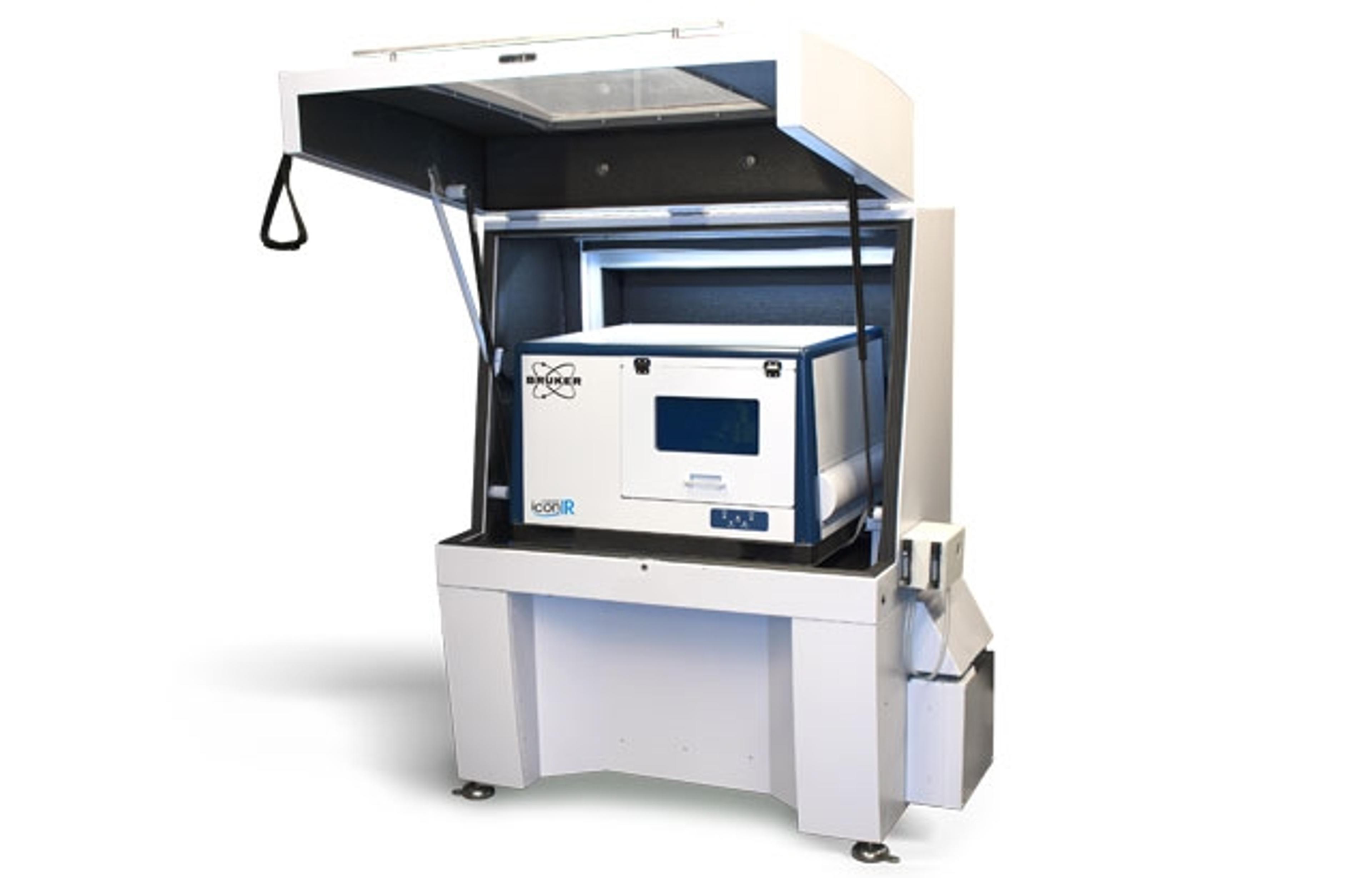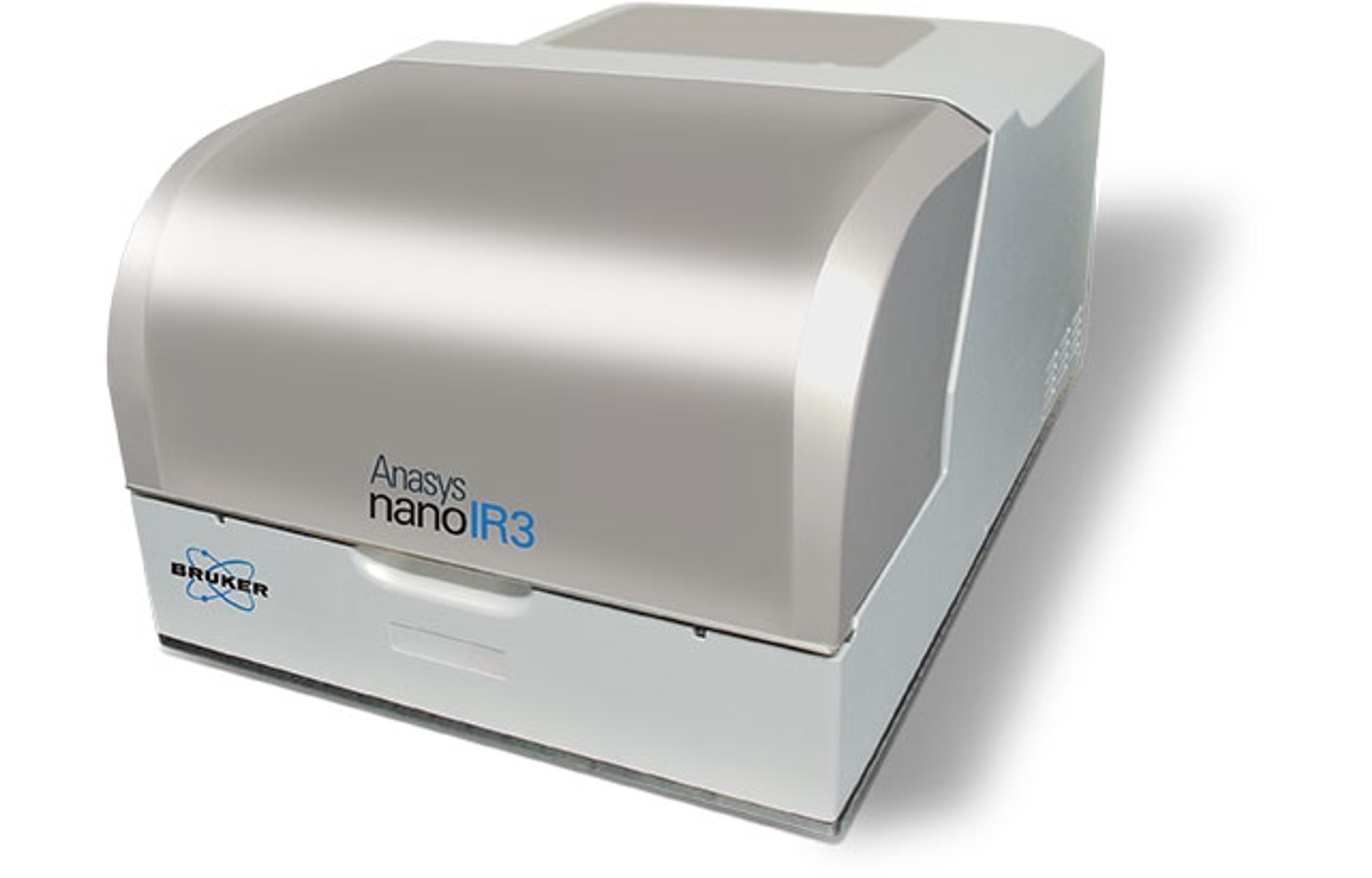High-resolution chemical imaging with tapping AFM-IR
27 Jun 2023The spatial resolution of conventional bulk infrared (IR) spectroscopy is limited by diffraction to around 3-10 µm, depending on the method used. Atomic force microscopy (AFM) is a widely used nanoscale imaging technique that provides the user with a high spatial resolution topographic map of a sample surface. Until now, the major drawback of AFM has been its inability to chemically characterize the material underneath the tip. AFM-IR is a photothermal technique that combines AFM and IR spectroscopy to unambiguously identify the chemical composition of a sample with tens-of-nanometers spatial resolution. So far, it has been successfully used in contact mode in a variety of applications. However, contact mode has proven unsuitable for soft or loosely adhesive samples, such as the less than 200 nm polymeric nanoparticles (NPs) that are of wide interest for biomedical applications. In this application note from Bruker, explore how AFM-IR overcomes such limitations, bringing the power of both IR spectroscopy and AFM topography mapping to a much wider range of applications.


